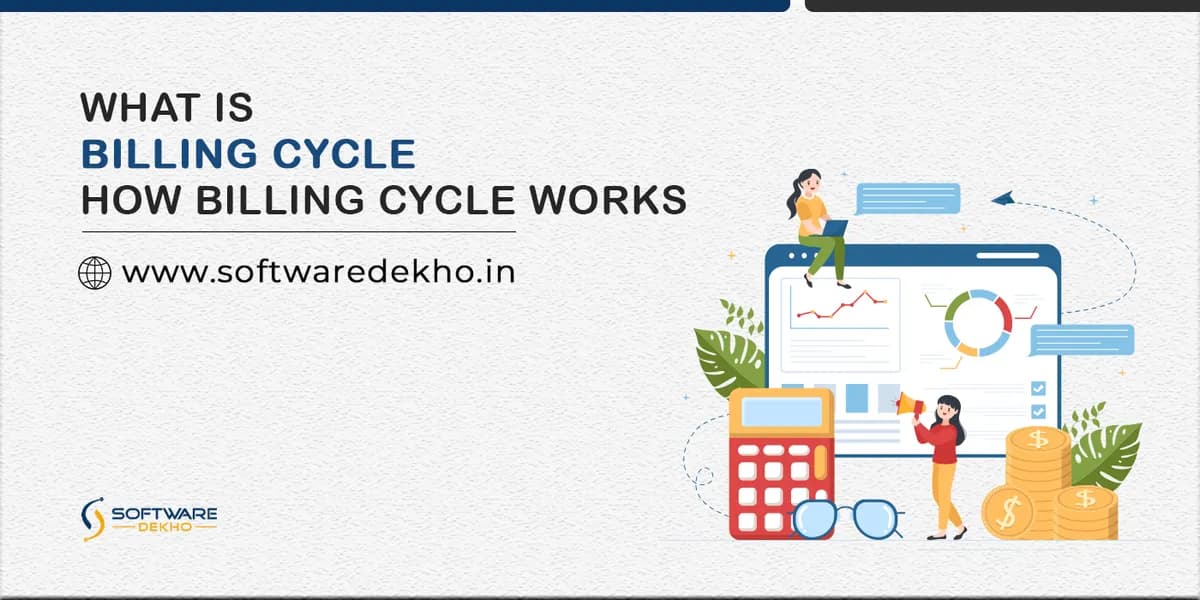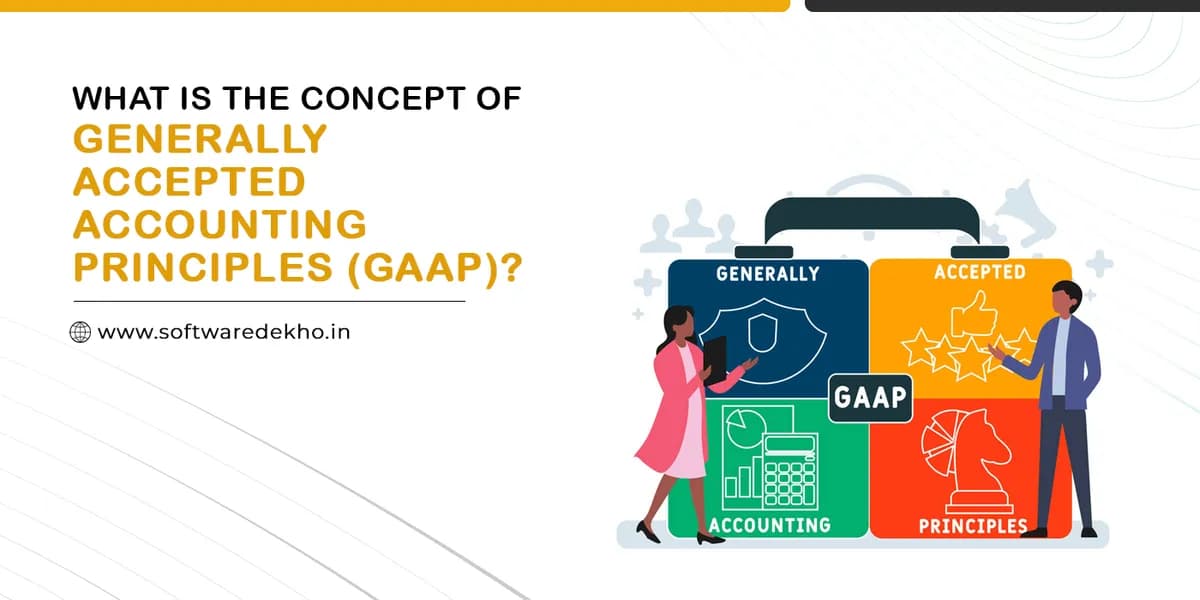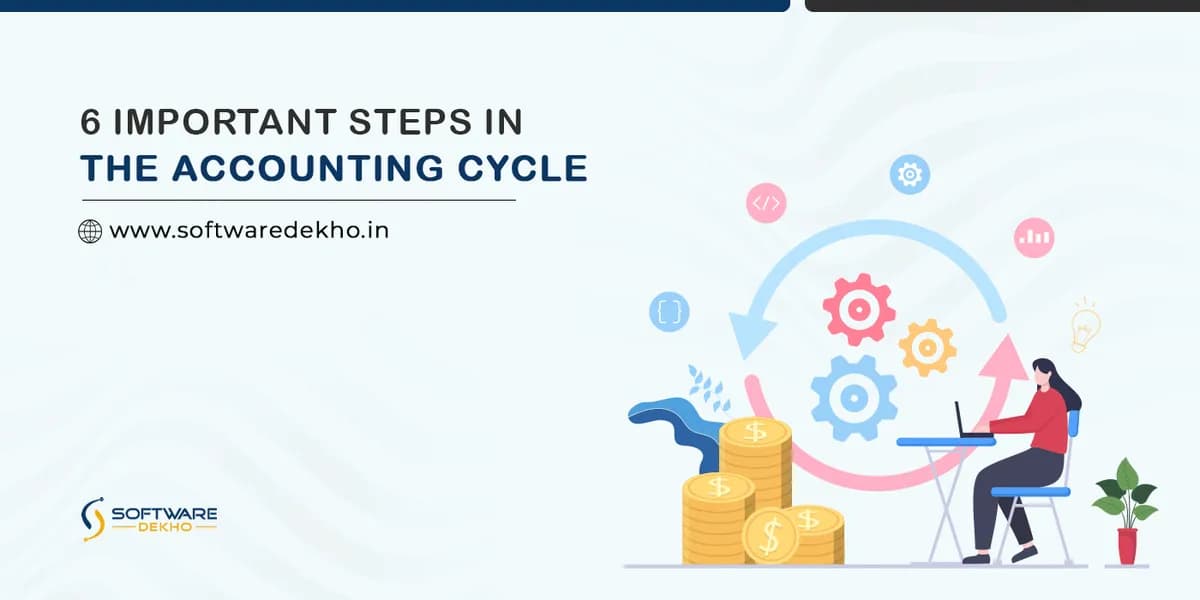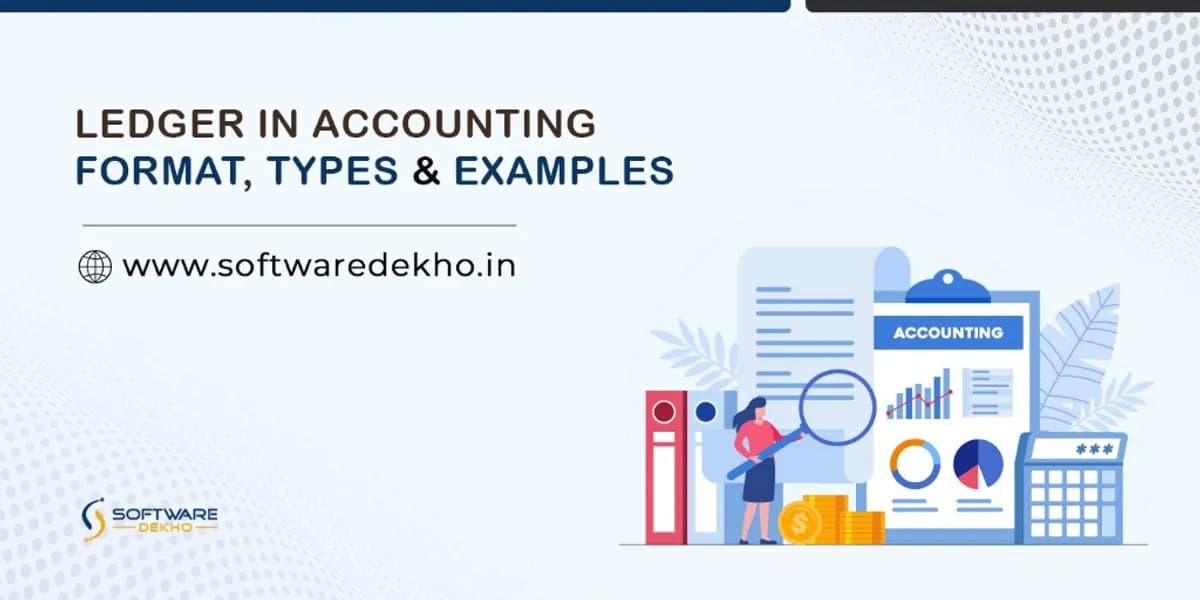What is a Billing Cycle and How does it Work?
A report by Price Waterhouse Coopers (PwC) in July 2023 stated that the Indian SaaS market is expected to hit $100 billion by 2025. This significant rise in market size presents exciting opportunities for every business. For that, you’ll need to understand your billing cycle to grab all the opportunities ahead and ensure long-term success.
Billing cycles dictate the way payments are collected and manage your cash flow. They help you cater to diverse market needs with multiple cycles (monthly, quarterly, annual, pay-as-you-go) and help understand customer preferences. Billing cycles are more about building trust, boosting customer loyalty, and ensuring financial sustainability.
Go ahead and read the blog on what a billing cycle is and how it works, to effectively manage your finances and improve customer retention.
What is Billing Cycle?
Billing cycle is the regular period between the last and current billing date for a sale or a service. The length of billing cycles can be dynamic depending on the service providers. Usually, it lasts between 15-45 days. Each month (sometimes more or less) is like a chapter in your company’s financial story, recording every charge as per the bills.
Types of Billing cycle
In general, billing cycles vary based on different aspects like customer preferences, company policies, etc. The following are some standard options followed by most organizations in the SaaS market.
Subscriptions:
This is a recurring cycle (monthly, quarterly, and annual) with recurring fees based on the chosen duration. For example, streaming platforms like Amazon Prime, Netflix, etc., where customers pay fixed monthly charges for unlimited access. You can predict the revenue and stability in such cycles.
Pay-as-you-go:
This cycle is appropriate for people who prefer variable usage patterns. For example, imagine a cloud storage service where you only pay for what you use. So, it purely depends on the space used and is completely unpredictable.
Per-user:
It is a team-oriented plan where the charges depend on the number of users accessing a particular service. For example, consider a business software that charges per active user. This cycle works best for team-based solutions or platforms with user-specific features.
Tiered Plans:
Another common billing cycle is the multi-tiered option, where companies offer different pricing plans with various features. For example, think of software with basic, pro, and enterprise plans, each with different features and suits different users. These cycles cater to a wider audience through different customizations.
How Billing Cycle Works:
Every payment or due flowing to and from your company is included in the billing cycle, meaning that you have a clear image of the finances for each cycle. It usually runs through four stages but can vary based on companies and different sectors.
Billing Frequency:
Any company processing its finances must first decide the billing plan. As in, you have to choose the duration between each cycle (monthly, quarterly, annual, etc). This duration can depend on various aspects like company policies, outward payments, and others.
Due Date:
Companies have to fix a due date for processing the payments, just like fixing the billing plans. It is the day when customers need to settle the dues to your company. So, it’s best to mention the due date in every billing statement, reminding them the payment dates. Likewise, companies process their payments based on the due dates given to them.
Billing Calculations:
This is the starting point of your billing cycle. Here, you’ll finalize the charges for the previous billing cycle based on the chosen plan. It can include payments to your workforce, server and subscription payments, loans, etc.
Invoice Generation:
Once the payments are calculated based on the services provided and used, the service provider generates an invoice. This invoice details all the charges to be paid. It is just like a summary of the rendered services and corresponding fees levied.
Payments:
Upon receiving the invoices, the customers are bound to complete the payments within the due dates. Payments can be done through different channels like bank transfers, credit card payments, electronic payment platforms, etc.
Renewals and Terminations:
As mentioned above, the billing cycle concludes after payment collections. Customers can now choose to continue the services (as in renewing them) or terminate them based on interest. Once the renewals and terminations are decided, a new billing cycle commences, ending the previous one.
Best Practices
Most companies usually follow monthly cycles but experimenting is the key! You can try quarterly and annual cycles based on your target audience! However, if you still want to know how to design a perfect billing cycle for your company or services, here are some tips:
Customer Preferences:
Understand your target audience, their financial preferences, mostly used features within your services, etc., to figure out an optimal billing cycle. Provide flexible billing models like tiered pricing, usage-based billings, etc., to cater to audiences with various perspectives. This diversity will improve customer loyalty, and cost-effectiveness, and maximize value for both parties.
Cash Flow:
Try balancing consistent cash flow with customer satisfaction. For that, analyze your business’ cash flow requirements and market norms to pick the best billing frequency that balances everything.
Invoicing:
You can find several billing and invoicing automation tools with enhanced accuracy, consistency, and ease of usage. Using such solutions to manage your billing cycles improves operational efficiency and customer satisfaction.
Billing Policies:
Try to maintain transparency in your billing practices by clearly specifying the charges, billing cycles, additional fares, etc. Moreover, ensure that your customers have easy access to billing-related information and relevant resources.
Communication:
Update your clients and customers about the upcoming billing cycles, payment due dates, changes in pricing, etc. Informing customers and clients about every important thing related to billing cycles improves their trust towards your company.
Wrapping it up!
A well-designed billing cycle is not just collecting payments. It’s also about creating a transparent financial ecosystem that creates trust, improves customer loyalty, and boosts sustainability. So, mastering your billing cycles by aligning them with business requirements and customer preferences is an excellent way to boost an organization’s financial health.
You must conduct thorough research and read user reviews to choose the best software for your needs. So, take a look at our website to understand better!







